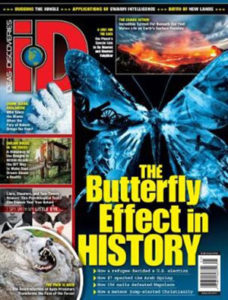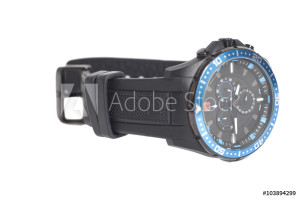Business Blog Title Question Words

Ideas and Discoveries Magazine had a very good idea in terms of titles (which we blog content writers can make good use of) – using question words.
The tactic of question titles is one I’ve often suggested to new Indianapolis blog content writers. Keeping in mind that people are online searching for answers to questions they have and solutions for dilemmas they’re facing, sometimes we can help searchers who searchers haven’t specifically formulated a question by presenting a question in the blog post title itself.
The question serves to arouse readers’ curiosity about which side of the issue your opinion is going to represent, and about the answers you’re going to provide in the content of the post itself. And, of course, the title question can include keyword phrases to help Google index the blog.
ID Magazine, I found, used question titles that clearly indicated what kinds of information would be “served up” in the article to come:
- Why Wolves Hunt Differently From Big Cats
- What happens When an Avalanche Stops Moving?
- How Reliable is the Rorschach Test?
But the majority of the ID titles, I found, contained an extra, curiosity-stimulating, element into their question word titles. You simply need to read the article to find out what the “clue” means:
- How a Feeling of Empathy Led to 60 Million Deaths
- How Seven Dollars Set the Middle East Aflame
- How 156 Nails Defeated Napoleon
- How a Lab Accident Decided the Second World War
- How a Meteorite Made Christianity a Worldwide Religious Power
- How a Sandwich Triggered World War
- How a Refugee Made George W. Bush President
Curiosity is hard to get right, Amy Harrison points out in copyblogger.com. You have to deliver on the promise. Don’t’ assume readers’ will cause them to power on through your copy looking for the answer that was promised to them, she says. Your blog post must include compelling benefits, rich imagery, and strong storytelling if you are to keep readers’ attention and encourage them to take action.
ID also demonstrates another useful strategy blog content writers can use: covering one topic, but coming at it in different ways. On the topic of wolves, for example:
- “How Wolves Shape Our Forests” offers insights on how reintroducing wolves into German forests impacts ecosystems.
- “Who’s the Boss Here?” explores the “family dynamics” of a wolf pack.
- “How Do You Save a National Park?” chronicles the Yellowstone Wolf Study, in which reintroducing wolves into the environment reduced the deer population in turn allowing more trees to grow, which in turn attracted birds, beavers, and fish.
Just as these articles each explore a different aspect of a single subject, the blog for any company, professional practice, or organization can be planned around key themes. Then, in each post, the blog content writer can fill in new details, examples, and illustrations.


 Two advertisements, both appearing in
Two advertisements, both appearing in
Follow us online!